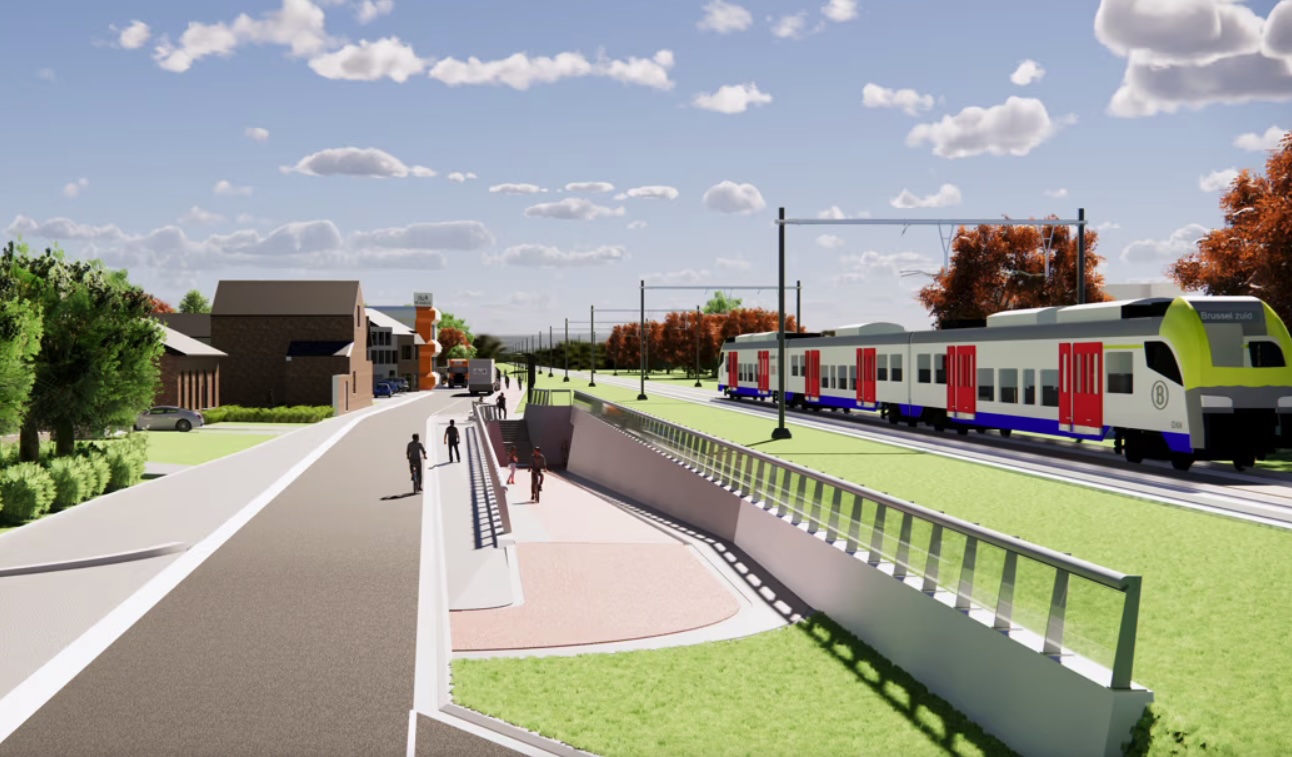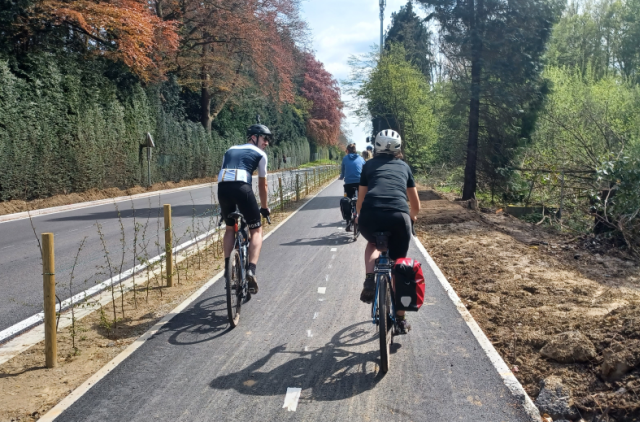
Infrabel to remove seven dangerous train level crossings in Bilzen

At the Sint-Lambertuslaan N2 level crossing, there will be a tunnel for all traffic, with a cycle path on the tunnel roof and a connection to the Fietssnelweg (F76) Genk- Tongeren /press.infrabel.be
Infrabel has started work in Bilzen to remove all railway crossings in the city's territory. Seven train crossings will be eliminated and ma


Comments
Ready to join the conversation?
You must be an active subscriber to leave a comment.
Subscribe Today